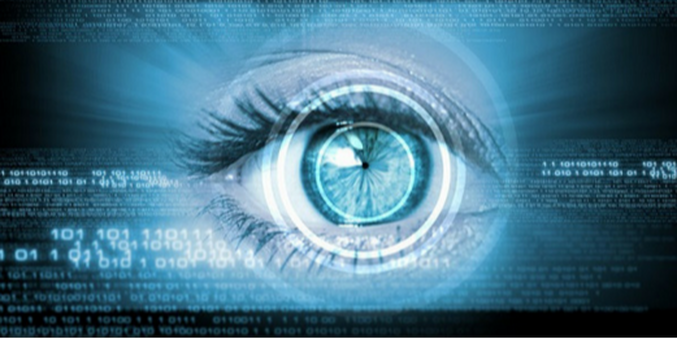OUR TECHNOLOGY:
We are VERY proud of our state-of-the art equipment.
We perform a very through eye examination, and we keep up-to-date with laser and computerized technology.
We perform a very through eye examination, and we keep up-to-date with laser and computerized technology.
OCT (optical coherence tomography):
This scans underlying layers of the retina, specifically the macula and the optic nerve. It is amazingly useful as a tool to analyze early signs of disease, such as macular degeneration and glaucoma.
This scans underlying layers of the retina, specifically the macula and the optic nerve. It is amazingly useful as a tool to analyze early signs of disease, such as macular degeneration and glaucoma.
Optomap retinal exam:
This images a wide area of the retina, and is especially useful in seeing to the far periphery of the retina. Our doctors STRONGLY advise this test if dilation of the pupils is declined by a patient at their annual eye exam. Unfortunately, no test or technology replaces the view the doctors have when your pupil is dilated.
This images a wide area of the retina, and is especially useful in seeing to the far periphery of the retina. Our doctors STRONGLY advise this test if dilation of the pupils is declined by a patient at their annual eye exam. Unfortunately, no test or technology replaces the view the doctors have when your pupil is dilated.
Retinal (fundus) photography:
This instrument is similar to optomap in that it images the retina, but it is a more finely detailed view of the central retina, which include the important areas of macula and optic nerve and primary retinal vessels.
This instrument is similar to optomap in that it images the retina, but it is a more finely detailed view of the central retina, which include the important areas of macula and optic nerve and primary retinal vessels.
Slit lamp photography:
This instrument images the outside of the eye and the very front part of the interior of the eye. Using this, we can photo conditions such as: lid lesions, corneal growths, corneal scratches or abrasion, irregular pupils, trauma to the front of the eye, lid, eyelash, or pupil conditions, and cataracts.
Corneal topography:
This test maps out the surface of your cornea, to check for irregularities. We have sometimes caught conditions such as kerataconus, or corneal degeneration on new patients to our office, even though those patients had eye exams elsewhere previously.
This instrument images the outside of the eye and the very front part of the interior of the eye. Using this, we can photo conditions such as: lid lesions, corneal growths, corneal scratches or abrasion, irregular pupils, trauma to the front of the eye, lid, eyelash, or pupil conditions, and cataracts.
Corneal topography:
This test maps out the surface of your cornea, to check for irregularities. We have sometimes caught conditions such as kerataconus, or corneal degeneration on new patients to our office, even though those patients had eye exams elsewhere previously.
All these tests are fast, easy, and comfortable.
Repeated exams can be compared to baseline exams and analyzed for progression or stability of eye disease.
Repeated exams can be compared to baseline exams and analyzed for progression or stability of eye disease.
